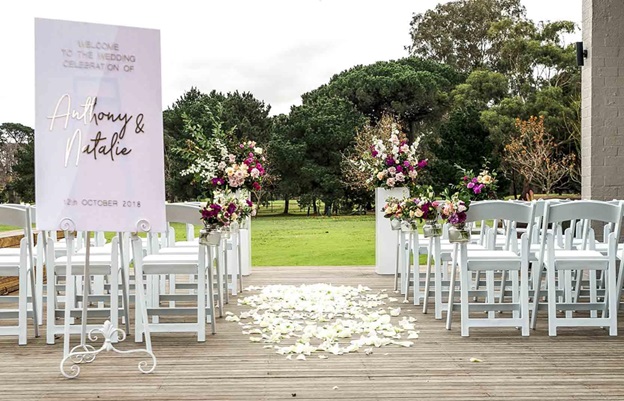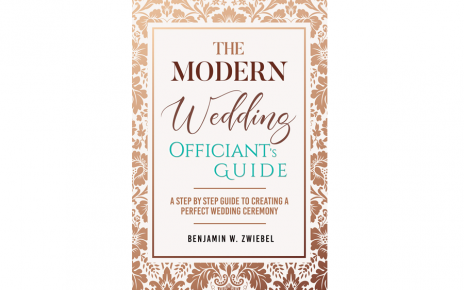In today’s world, sustainability is more than a buzzword — it’s a lifestyle choice, especially when it comes to event planning. Weddings, in particular, are becoming more eco-conscious, with couples seeking ways to minimize waste and reduce their carbon footprint.
One often-overlooked yet powerful tool in sustainable wedding planning is the flower cold room. These specialized storage spaces play a crucial role in preserving floral arrangements while supporting environmentally responsible practices.
What is a Flower Cold Room?
A flower cold room is a temperature-controlled storage area specifically designed for flowers and floral arrangements. By maintaining optimal humidity and temperatures (typically between 1°C and 5°C), these rooms significantly extend the lifespan of flowers.
This preservation technique is widely used by florists, event planners, and flower suppliers to maintain bloom freshness and reduce spoilage.
1. Reducing Flower Waste
Fresh flowers are perishable. Without proper storage, they can wilt and die within a couple of days, leading to significant waste — especially when weddings require large quantities. Cold rooms dramatically reduce this loss. By extending the life of flowers, they allow florists to prepare arrangements ahead of time and avoid last-minute spoilage.
Sustainable benefit: Less spoilage means fewer flowers need to be grown, harvested, and transported, reducing overall environmental impact.
2. Enabling Local and Seasonal Flower Use
Cold storage allows florists to stock seasonal blooms in bulk and use them efficiently over time. This encourages the use of local, in-season flowers, which are far more sustainable than imported ones that require extensive transportation and refrigeration.
Sustainable benefit: Reduced carbon emissions from long-distance flower shipments and support for local agriculture.
3. Minimizing Emergency Replacements
Last-minute flower replacements not only disrupt schedules but also lead to additional transportation emissions and energy use. Cold storage rooms ensure that flowers stay fresh until the wedding day, drastically lowering the need for urgent replacements due to spoilage.
Sustainable benefit: Reduced logistical waste and lower fuel consumption.
4. Optimizing Bulk Purchases and Reducing Packaging Waste
With access to the walk-in cold rooms, florists and planners can make bulk purchases, reducing the need for frequent deliveries. This also cuts down on excessive packaging materials such as plastic wraps and boxes used in multiple small shipments.
Sustainable benefit: Fewer deliveries mean lower emissions and reduced single-use packaging waste.
5. Supporting Reuse and Donation Initiatives
Weddings often end with beautiful flower arrangements being discarded. Cold rooms help preserve flowers post-event, enabling their reuse for receptions, next-day brunches, or donation to hospitals and care facilities.
Sustainable benefit: Extended usability of flowers supports zero-waste goals and brings joy to others after the celebration.
6. Reducing Refrigerant Energy Waste
Modern flower cold rooms are equipped with energy-efficient systems and eco-friendly refrigerants. These features make them more sustainable than older cooling technologies, aligning with the environmental values of eco-conscious weddings.
Sustainable benefit: Lower energy consumption and reduced greenhouse gas emissions from refrigeration processes.
Conclusion
Sustainable wedding planning is about making conscious choices at every step — and that includes floral arrangements. Flower cold rooms are a quiet hero in the green wedding movement, offering a way to preserve beauty while reducing waste, emissions, and unnecessary consumption. By embracing such technologies, couples can celebrate their love in a way that also honors the planet.





